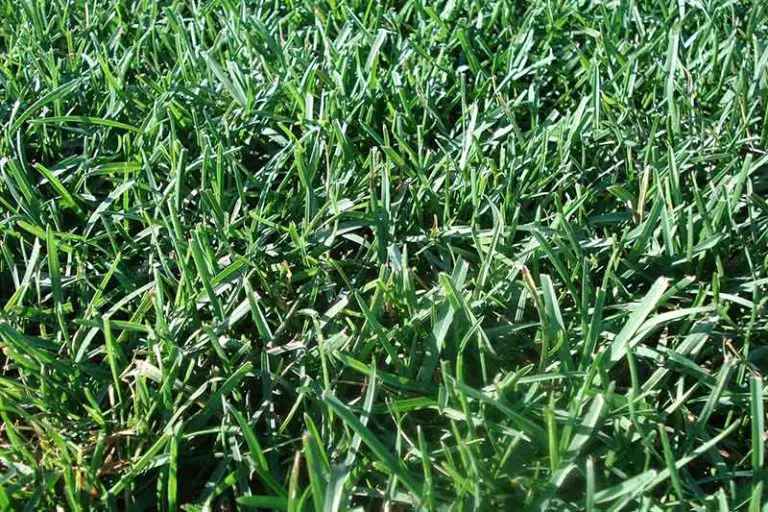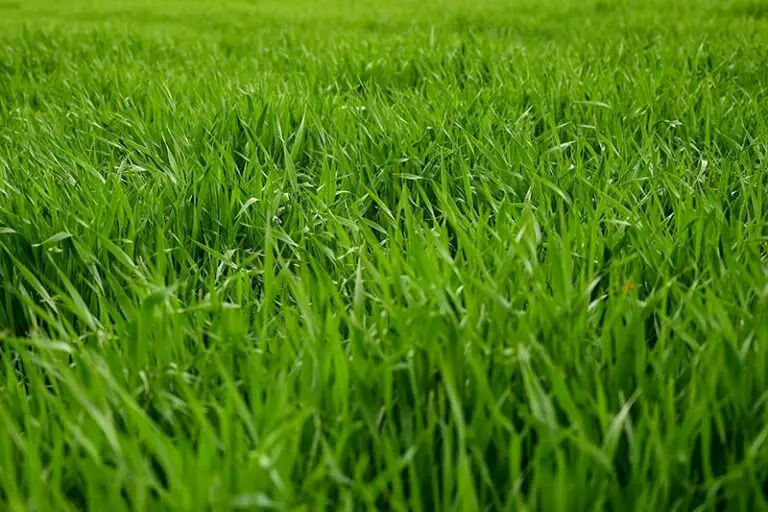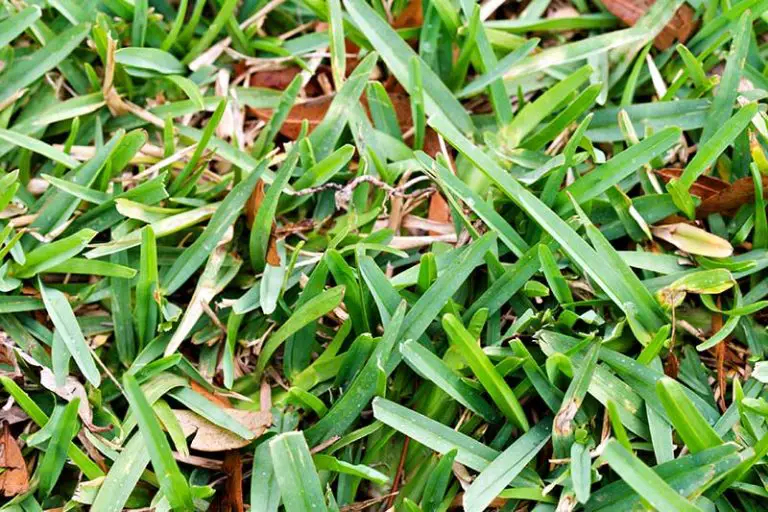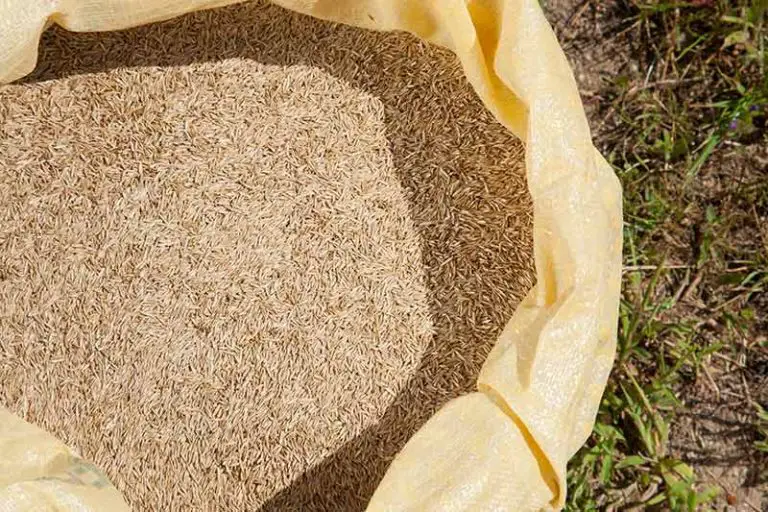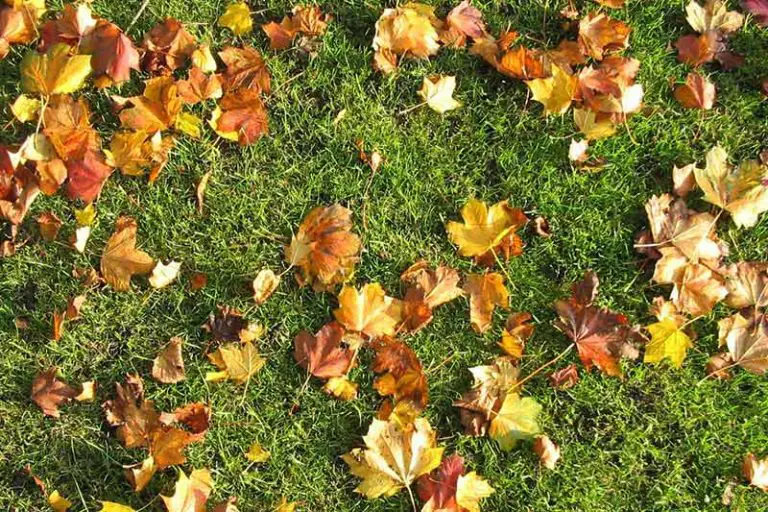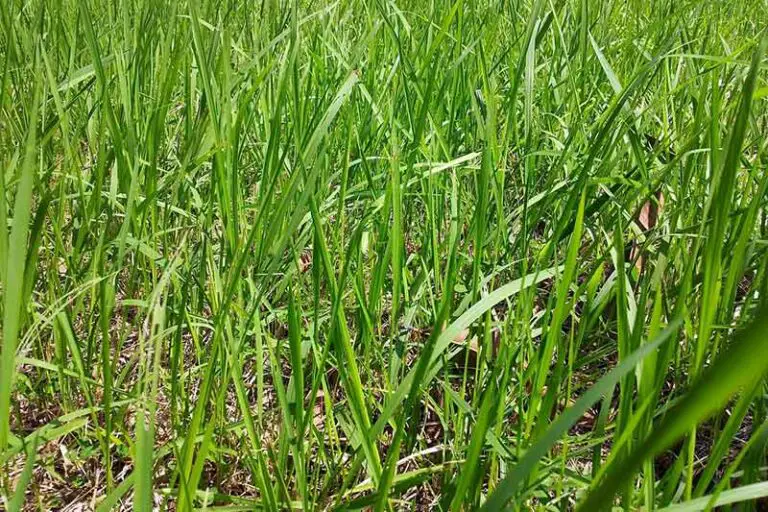Can You Use Fertilizer After Overseeding? (Tips & Best Fertilizer to Use)
Fertilization is an essential step when growing grass under any circumstances, particularly when you’re overseeding your lawn. This raises the question of whether it’s best to fertilize before or after overseeding, and how you can provide your new seedlings with the ideal conditions to grow among your existing grass to create a full thick lawn.
You can use fertilizer before or after overseeding, as both methods will be effective at enriching your soil with the nutrients your new seedlings need to grow. The key to the best fertilization practices when overseeding is to choose the right fertilizer, in addition to following the steps outlined later in this article on how to best overseed your lawn.
Can You Use Fertilizer After Overseeding?
Yes, you can fertilize your lawn after overseeding. Alternatively, you can also fertilize your lawn immediately before overseeding.
When fertilizing your overseeded lawn, the issue is less with timing, and more with the type of fertilizer you use. You should always opt for starter fertilizer for new lawns, and avoid those for mature lawns or labeled as ‘weed and feed’. We explain this further in the following sections.
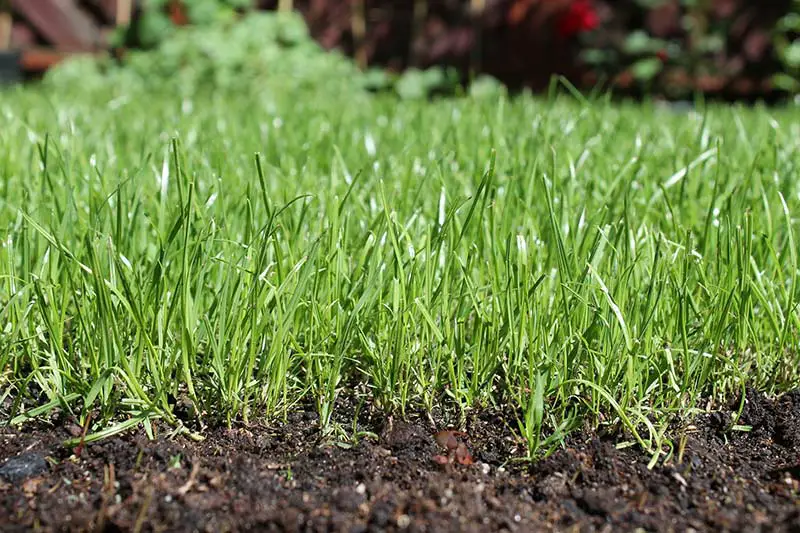
What Fertilizer to Use After Overseeding
The best fertilizer to use after overseeding is a specialized lawn starter fertilizer. This type of fertilizer ensures the healthy germination of your grass seedlings, helping them to become well established in your lawn amongst the rest of the already-established grass.
Starter fertilizer contains the primary nutrients present in the ideal ratios for newly planted grass seeds. To provide some context, all fertilizers contain the primary nutrients needed by plants to grow in varying quantities. These nutrients are nitrogen, phosphorus, and potassium. Starter fertilizers contain higher levels of phosphorus, which is the nutrient that drives root growth in your new grass plants. This helps them to grow deeper, stronger roots, leading to healthier and more resistant grass plants.
Other types of fertilizer designed for established lawns will be less effective at encouraging the growth of your new grass. While this fertilizer will help your already-established grass to grow, it won’t provide your new seedlings with the nutrients they need to become established. Fertilizers for mature lawns contain very little phosphorous, without which your new grass seedlings will fail to grow strong roots. They also contain too much nitrogen for the stage of growth that your young seedlings are at.
Ensure that you pick a fertilizer that is labeled specifically for new lawns. Wait until your new grass has become fully established (about 6 to 8 weeks after sprouting) before using regular fertilizer for the first time after overseeding.
We recommend Scotts Turf Builder Starter Fertilizer to use after overseeding.
- Grows new grass 70% thicker, 35% quicker versus unfed grass
- Improves seeding results--also great for sod and grass plugs
- 24-25-4 fertilizer ratio provides the nutrients for developing lawns
- Safe for any grass type, whether you're planting new grass, starting a new lawn, or reseeding an existing one
- Covers 5,000 sq. ft
Will Fertilizer Kill Grass Seed?
Certain types of fertilizer may kill your new grass seed, so it’s important to take care when choosing the fertilizer product for your new lawn. The types of fertilizer guaranteed to kill your new grass seed are any products labeled as “weed and feed” fertilizer.
Designed for fully established lawns, these products contain a pre-emergent herbicide alongside a fertilizer formulation for established grass plants. This formula will kill all seeds before they’ve had a chance to sprout, including newly planted grass seed.
Starter fertilizer, on the other hand, contains the nutrients needed for new seedlings to grow without any additional herbicide ingredients. This formulation boosts the growth of your new seeds by enriching them with the ideal amount of nitrogen and phosphorous.
You should wait at least 8 weeks after overseeding before applying any weed and feed products. Similarly, you should hold off on overseeding your lawn if you have treated it with weed and feed within the previous 12 weeks.
When to Fertilize After Overseeding
The best time to fertilize after overseeding is directly after you have sowed your new grass seed. For this initial fertilization, you should use a specialized starter fertilizer for new grass. This fertilizer will help your grass plants to become established quickly amongst your existing grass.
How Long After Overseeding Can I Fertilize Again?
Aside from the initial application of starter fertilizer, you can fertilize your overseeded lawn 6 to 8 weeks after overseeding. Your new seedlings should be well established at this point, meaning you can move on from starter fertilizer to regular fertilizer and continue with a fertilization method for mature lawns.
Should I Fertilize Before or After Overseeding?
It is safe to fertilize your lawn both before and after overseeding. Regardless of whether you choose to fertilize or overseed first, both methods will prove effective to feed your new grass seed.
When to Fertilize Before or After Overseeding
We recommend that you fertilize your lawn within 3 days on either side of seeding. So, if you choose to fertilize before overseeding, add a starter fertilizer a few days before you sow your seed. Alternatively, if you want to fertilize after laying your seed, do so a few days after overseeding. Using either technique will leave you with a well-fertilized new lawn.
Alternatively, if you are under a time constraint, you can opt to fertilize either immediately before or after sowing your grass seed. Again, either method will be as effective at providing sufficient fertilization for your new grass seedlings.
Can You Fertilize and Overseed at the Same Time?
Even though we recommend fertilizing straight after overseeding, it is possible to fertilize and overseed at the same time. This method isn’t ideal, but it is beneficial if you’re short on time and need to make the process a bit more efficient.
How to Fertilize and Overseed at the Same Time
To carry this out effectively, calculate and measure the amount of seed and fertilizer you will need per square foot of the area you’re overseeding. Mix the seed and fertilizer until it is thoroughly combined, then add this mix to a fertilizer spreader. Spread the mixture evenly throughout your lawn by walking in rows up and down the seeding area, then walking again in rows perpendicular to the first pass.
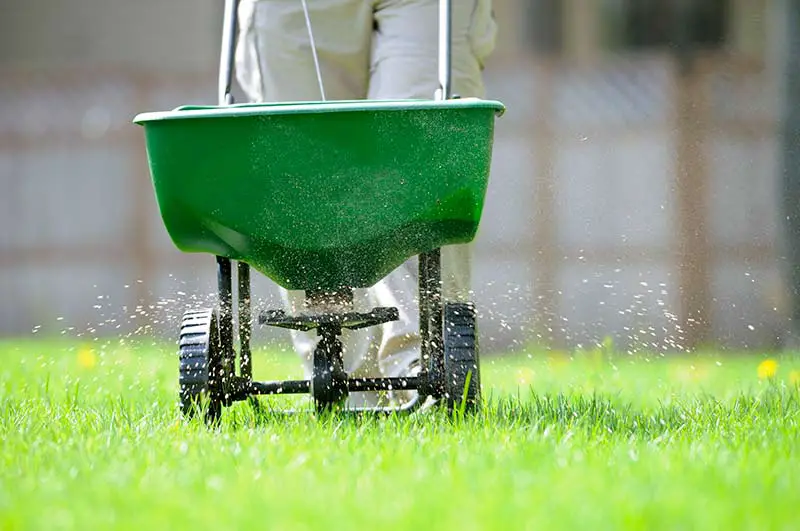
Steps on How to Overseed and Fertilize a Lawn
Refer to the steps below for the best method on how to overseed and fertilize your lawn. This method includes dethatching, aerating, and adding compost before sowing your new grass seed.
1. Dethatch Lawn
Thatch is the layer of matted organic matter that forms between the soil surface and upper grass growth on your lawn. A thick layer of thatch will prevent your grass seed from making contact with the soil surface, which in turn prevents it from becoming established in the soil.
Before spreading your new grass seed, you should inspect your thatch layer to determine whether your lawn requires dethatching. A ½ inch thick layer of thatch is ideal, but if it’s any thicker than this, it will need to be dethatched.
You can dethatch your lawn using either a manual dethatching rake, a power rake, or a vertical mower; the type of equipment you choose depends on the size of the lawn and amount of thatch you’re working with. You can rent these tools from equipment rental companies, particularly around dethatching season.
2. Aerate Lawn
The next step to prepare your lawn for overseeding is to aerate the soil in the planting area. Over time, soil becomes naturally compacted and hard. Planting grass seed on hard dirt is a challenge; compacted soil makes it difficult for new grass seedlings to take root in your lawn, rendering the overseeding process ineffective. In addition to this, fertilizers are unable to penetrate hard soil, blocking your established and new grass’ access to nutrients.
Lawn aeration is the process of loosening and breaking up turf, creating small openings for water, air, and nutrients to penetrate the soil and reach plant roots. The best tool to carry this method out is a core aerator; this is a motorized machine that punches out plugs of soil to create small holes throughout the lawn.
It is common practice to aerate a lawn straight after dethatching. A freshly dethatched lawn is in the ideal condition to be aerated. Following this, there are a number of other activities you can do after aerating your lawn, as detailed in the next steps.
3. Add Compost
After dethatching and aerating your lawn, add a layer of compost to get it in optimal condition for overseeding. Compost is one of the best organic fertilizers that you can add to your lawn to provide it with a long-term supply of essential nutrients.
It is key to aerate your lawn before adding your layer of compost. The nitrogen in compost is contained in a substance called ‘uric acid’, which evaporates quickly when exposed to light. For this reason, aeration is necessary to ensure the nitrogen compounds in the compost are delivered straight into the soil. The small holes left behind from the aeration process allow the compost to penetrate below the soil surface where they can deliver nutrients directly to the plant roots.
After aerating the planting area, rake a thin layer of compost over the soil surface.
4. Choose Best Seed for Overseeding
Before you can start sowing your seed, you need to look into the best grass seed for overseeding your lawn. It’s essential that you pick the right seed for your climate that will also be compatible with the grass in your existing lawn.
Identify the primary turf growing on your lawn. If you’re unsure, you can take a small sample of your grass to your local nursery for expert identification. Pick a grass seed for overseeding that will be compatible with your climate and the current grass type on your lawn.
5. Overseed Lawn
Now that you have dethatched, aerated, added compost, and chosen an appropriate grass seed, you are ready to overseed your lawn. The best tool to carry this out is a broadcast or drop spreader.
Spread your chosen grass seed using the spreader rate listed on the seedboxes or packaging. Walk the spreader across your lawn at a steady pace in rows, overlapping each row by a few inches.
6. Add Starter Fertilizer
You should add a specialized starter fertilizer immediately before or after overseeding your lawn. Starter fertilizer will enrich the planting area with phosphorous; this ensures that your seedlings have the best chance of becoming quickly established among the existing grass on your lawn. Avoid using fertilizer designed for mature grass, or products listed as ‘weed and feed’. This type of fertilizer will kill your grass seed before it has a chance to germinate.


